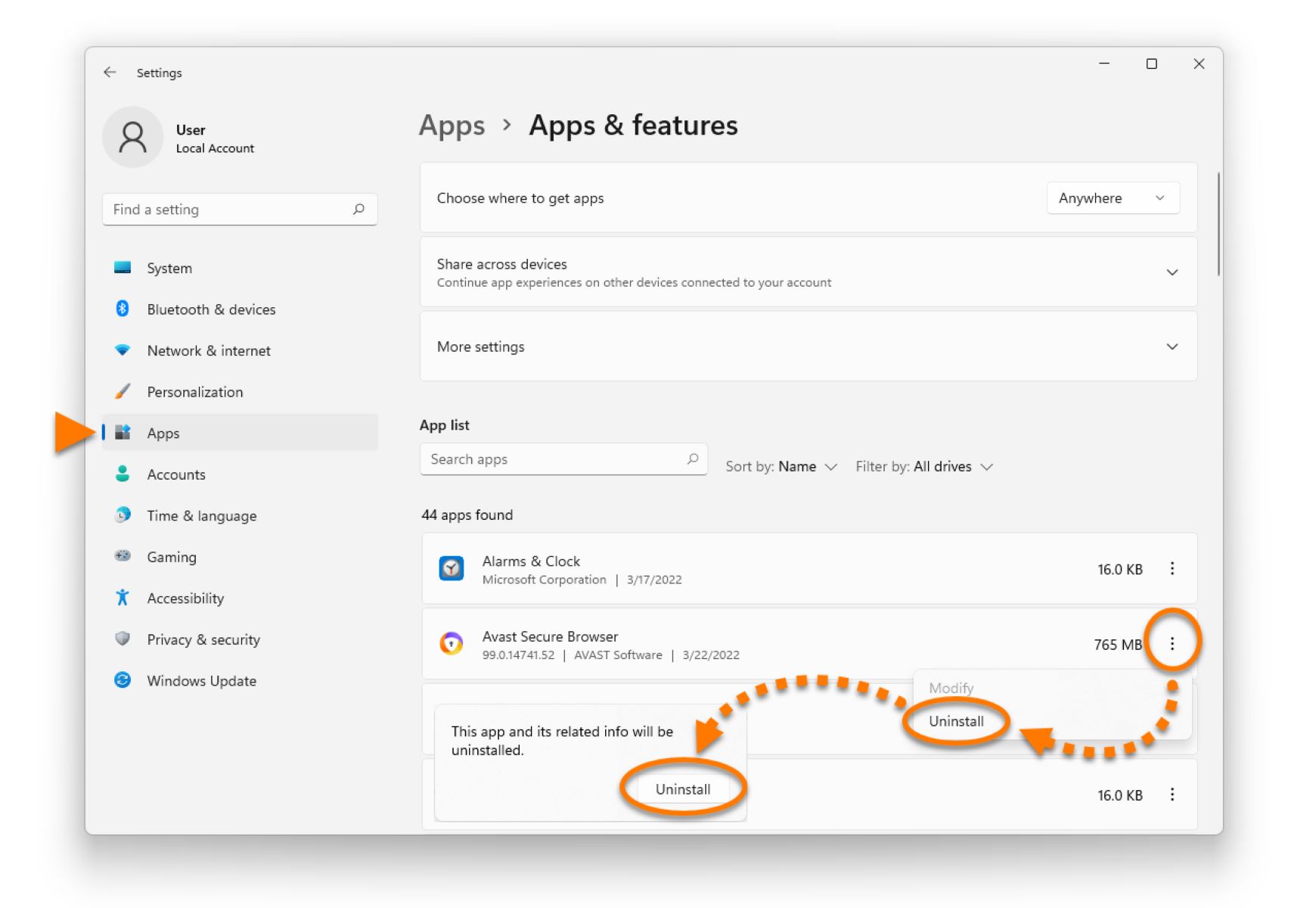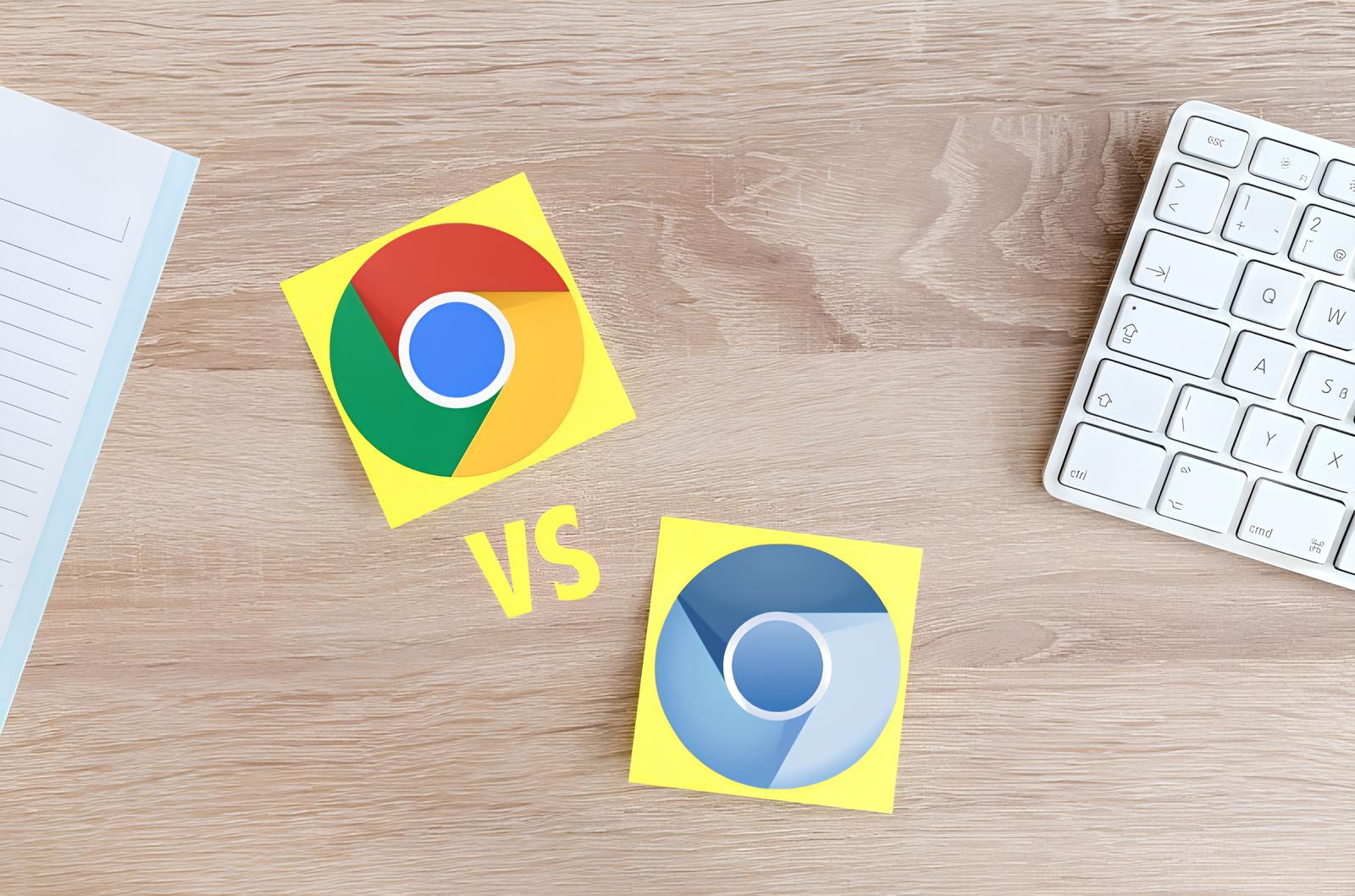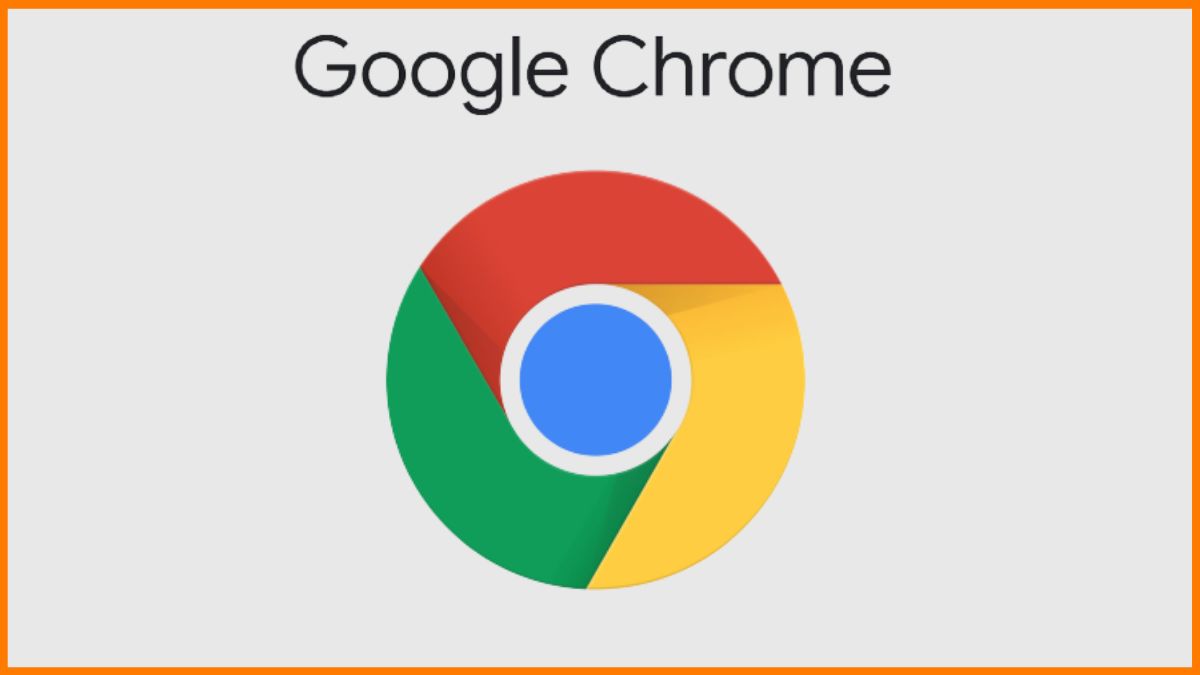Introduction
Uninstalling a web browser from your computer may seem like a straightforward task, but it can sometimes be more complex than simply deleting the application. Chromium is a popular open-source web browser that serves as the foundation for many other browsers, including Google Chrome. If you've decided to remove Chromium from your system, whether it's a Windows PC, a Mac, or a Linux machine, it's essential to follow the correct steps to ensure a complete and thorough uninstallation.
In this guide, we'll explore the methods for uninstalling Chromium from different operating systems. Whether you're a Windows user, a Mac enthusiast, or a Linux aficionado, you'll find the specific instructions you need to effectively remove Chromium from your device. By following these methods, you can free up valuable storage space, eliminate any potential security risks associated with an unused browser, and streamline your digital environment.
Uninstalling Chromium involves more than just deleting the application file. It's important to remove all associated files, including user data, settings, and extensions, to ensure a clean uninstallation. Additionally, understanding the nuances of uninstalling software on different operating systems is crucial for a successful removal process.
So, if you're ready to bid farewell to Chromium and reclaim the resources it occupies on your device, let's delve into the specific methods for uninstalling Chromium on Windows, Mac, and Linux. Whether you're a tech-savvy user or a novice, this guide will equip you with the knowledge and steps needed to effectively remove Chromium from your system.
Method 1: Uninstalling Chromium Browser on Windows
Uninstalling Chromium from a Windows computer involves a series of steps to ensure a complete removal of the browser and its associated files. Here's a detailed guide to help you through the process:
-
Uninstalling via Control Panel:
- Click on the Windows Start button and select "Settings."
- In the Settings window, click on "Apps."
- Scroll down the list of installed apps and locate "Chromium."
- Click on Chromium and select "Uninstall."
- Follow the on-screen prompts to complete the uninstallation process.
-
Removing User Data and Settings:
- Open File Explorer and navigate to the following directory: C:\Users\YourUsername\AppData\Local\Chromium\User Data (replace "YourUsername" with your actual Windows username).
- Delete the "User Data" folder to remove all user-specific data and settings associated with Chromium.
-
Cleaning Up Registry Entries:
- Press the Windows key + R to open the Run dialog box.
- Type "regedit" and press Enter to open the Windows Registry Editor.
- Navigate to the following registry key: HKEY_CURRENT_USER\Software\Chromium and HKEY_LOCAL_MACHINE\SOFTWARE\Chromium.
- Right-click on the "Chromium" folder and select "Delete" to remove all Chromium-related registry entries.
-
Using Third-Party Uninstaller Software:
- If you encounter difficulties with the manual uninstallation process, consider using reputable third-party uninstaller software. These tools can help identify and remove any leftover files and registry entries associated with Chromium.
By following these steps, you can effectively uninstall Chromium from your Windows computer and ensure that all associated files and settings are thoroughly removed. This process helps free up storage space and eliminates any potential security risks associated with retaining unused software on your system.
Method 2: Uninstalling Chromium Browser on Mac
Uninstalling Chromium from a Mac computer involves a series of steps to ensure a complete removal of the browser and its associated files. Here's a detailed guide to help you through the process:
-
Uninstalling via Finder:
- Open Finder and navigate to the "Applications" folder.
- Locate the Chromium application icon.
- Drag the Chromium icon to the Trash icon in the dock. Alternatively, right-click on the Chromium icon and select "Move to Trash."
-
Removing User Data and Settings:
- Open Finder and click on "Go" in the top menu.
- Select "Go to Folder" and enter the following path: ~/Library/Application Support/Chromium
- Delete the "Chromium" folder to remove all user-specific data and settings associated with Chromium.
-
Cleaning Up Preferences:
- In Finder, click on "Go" in the top menu and select "Go to Folder."
- Enter the following path: ~/Library/Preferences/
- Look for any files related to Chromium (e.g., com.chromium.*.plist) and move them to the Trash.
-
Emptying Trash:
- After completing the uninstallation steps, right-click on the Trash icon in the dock and select "Empty Trash" to permanently delete the Chromium application and associated files.
-
Using Terminal (Optional):
- For advanced users, the Terminal can be used to remove residual files. Open Terminal and enter the command: rm -rf ~/Library/Application\ Support/Chromium
By following these steps, you can effectively uninstall Chromium from your Mac and ensure that all associated files and settings are thoroughly removed. This process helps free up storage space and eliminates any potential security risks associated with retaining unused software on your system.
If you encounter difficulties with the manual uninstallation process, consider using reputable third-party uninstaller software designed for Mac. These tools can help identify and remove any leftover files and preferences associated with Chromium, ensuring a clean and complete uninstallation.
Uninstalling Chromium from your Mac not only declutters your system but also ensures that your device is free from any remnants of the browser, contributing to a streamlined and optimized computing experience.
Method 3: Uninstalling Chromium Browser on Linux
Uninstalling Chromium from a Linux system requires specific steps to ensure a thorough removal of the browser and its associated files. Here's a detailed guide to help you through the process:
-
Uninstalling via Package Manager:
- Open the terminal, and depending on your Linux distribution, use the appropriate package manager command to uninstall Chromium. For example:
- For Ubuntu and Debian-based systems:
sudo apt-get remove chromium-browser - For Fedora:
sudo dnf remove chromium - For openSUSE:
sudo zypper remove chromium
- For Ubuntu and Debian-based systems:
- Open the terminal, and depending on your Linux distribution, use the appropriate package manager command to uninstall Chromium. For example:
-
Removing User Data and Settings:
- Open the file manager and navigate to the following directory:
/home/YourUsername/.config/chromium(replace "YourUsername" with your actual Linux username). - Delete the "chromium" folder to remove all user-specific data and settings associated with Chromium.
- Open the file manager and navigate to the following directory:
-
Cleaning Up System Files:
- In the terminal, use the following command to remove system-wide configuration files:
sudo rm -rf /etc/chromium
- In the terminal, use the following command to remove system-wide configuration files:
-
Using Terminal Commands (Optional):
- For advanced users, additional terminal commands can be used to ensure a complete uninstallation. This may include removing residual files and dependencies associated with Chromium.
By following these steps, you can effectively uninstall Chromium from your Linux system and ensure that all associated files and settings are thoroughly removed. This process helps free up storage space and eliminates any potential security risks associated with retaining unused software on your system.
Uninstalling Chromium from your Linux machine not only declutters your system but also ensures that your device is free from any remnants of the browser, contributing to a streamlined and optimized computing experience. If you encounter difficulties with the manual uninstallation process, consider seeking guidance from the official documentation of your Linux distribution or community forums for additional support.
Remember to always exercise caution when using terminal commands, especially when dealing with system files and configurations. With the proper steps and attention to detail, you can successfully remove Chromium from your Linux system, allowing you to maintain a clean and efficient computing environment.
Conclusion
In conclusion, uninstalling Chromium from your Windows, Mac, or Linux system requires a systematic approach to ensure a thorough removal of the browser and its associated files. By following the specific methods outlined in this guide, you can effectively reclaim valuable storage space, eliminate potential security risks, and streamline your digital environment.
Whether you're a Windows user navigating through the Control Panel, a Mac enthusiast utilizing Finder and Terminal, or a Linux aficionado leveraging the package manager and terminal commands, the uninstallation process is essential for maintaining a clean and optimized computing experience.
Uninstalling Chromium goes beyond removing the application itself. It involves deleting user-specific data, settings, preferences, and system-wide configuration files to ensure a complete removal of all associated components. This meticulous approach not only frees up storage space but also contributes to a more secure and efficient computing environment.
It's important to note that while the manual uninstallation methods provided in this guide are effective, users may encounter challenges or complexities, especially when dealing with residual files and registry entries. In such cases, utilizing reputable third-party uninstaller software tailored for specific operating systems can streamline the removal process and address any lingering components of Chromium.
By understanding the nuances of uninstalling software on different operating systems, users can confidently navigate through the removal process, ensuring that no remnants of Chromium compromise the performance and security of their devices.
In the ever-evolving digital landscape, maintaining a clutter-free and secure computing environment is paramount. Uninstalling unused software, such as Chromium, not only optimizes system resources but also minimizes the potential attack surface for security threats.
Ultimately, by following the comprehensive uninstallation methods outlined in this guide, users can bid farewell to Chromium with confidence, knowing that their systems are free from any traces of the browser. This proactive approach to software management contributes to a seamless and efficient computing experience, allowing users to make the most of their devices while prioritizing security and performance.
In the dynamic realm of technology, staying informed about the best practices for software management empowers users to maintain a clean and secure digital ecosystem, ensuring that their devices operate at their full potential.

























